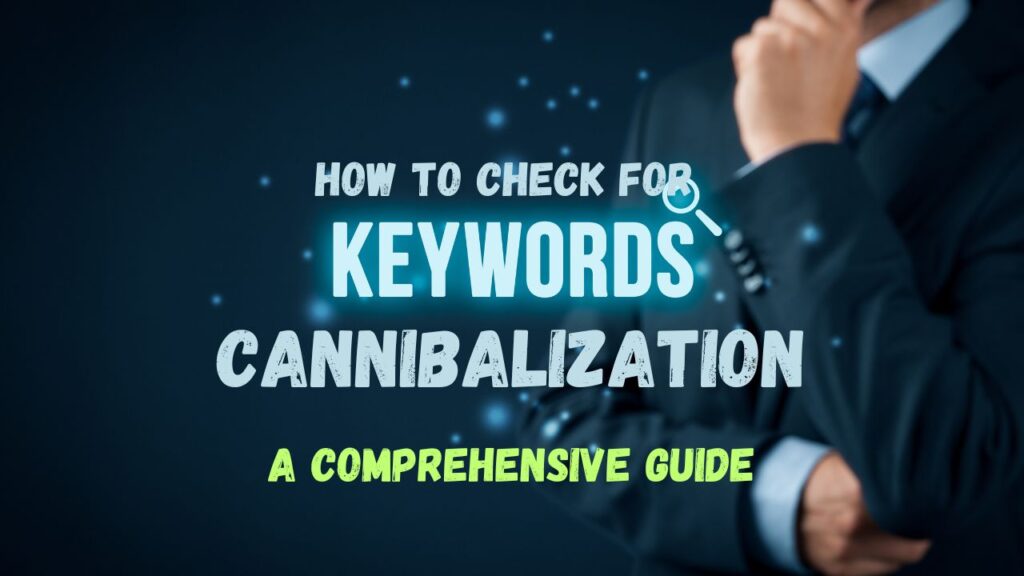In today’s digital age, healthcare providers have embraced online platforms like WordPress to create informative and interactive websites. However, when dealing with sensitive medical information, it’s crucial that these websites comply with the Health Insurance Portability and Accountability Act (HIPAA).

HIPAA is designed to protect patients’ private health information (PHI). Failing to comply can lead to hefty fines, legal troubles, and damage to a healthcare provider’s reputation. So, how to make a WordPress website HIPAA compliant? Let’s walk through it step by step.
When making your WordPress website HIPAA compliant, it’s also worth considering ADA compliance, as both ensure that your site is accessible and secure for all users, including those with disabilities and those handling sensitive health information.
What is HIPAA Compliance and How to Make A WordPress Website HIPAA Compliant?
Before diving into how to make a WordPress website HIPAA compliant?, it’s essential to understand what HIPAA compliance actually means. The HIPAA Security Rule mandates administrative, physical, and technical safeguards to ensure the confidentiality, integrity, and security of PHI. Essentially, it’s all about protecting sensitive patient data from unauthorized access.
Imagine you’re a doctor who just built a sleek new WordPress website. Everything looks great, and patients can even book appointments online. However, without proper safeguards, any data they submit—like medical history or contact information—could be exposed to hackers. This is where HIPAA compliance comes into play. It ensures that your website handles patient data securely, preventing breaches and maintaining trust.
Why WordPress Isn’t Automatically HIPAA Compliant
How to make a WordPress website HIPAA compliant. Here’s a key point: WordPress is not HIPAA compliant by default. WordPress is an open-source content management system (CMS) that offers flexibility for building websites, but it was never designed with healthcare regulations in mind.
But don’t worry! With the right steps, you can customize your WordPress site to meet HIPAA standards and regulations.
Steps How to Make a WordPress Website HIPAA Compliant
How to make a WordPress website HIPAA compliant isn’t something you can do overnight. It requires a careful combination of hosting solutions, plugins, security practices, and administrative policies. Here’s a detailed guide to help you along the way:
1. Choose a HIPAA-Compliant Hosting Provider
The first step in securing your website is choosing a HIPAA-compliant hosting provider. You need a host that understands the specific needs of healthcare websites, including secure data transmission, encrypted backups, and physical server security.
For instance, Liquid Web and Atlantic.net are two companies that offer HIPAA-compliant hosting with encryption at rest, SSL encryption for data in transit, and multi-factor authentication. Most importantly, they’ll provide a Business Associate Agreement (BAA), which is a legal requirement under HIPAA.
The BAA outlines their responsibility for protecting patient data, which transfers some liability to the hosting provider.
2. Use SSL/TLS Encryption for Data Transmission
Encryption is one of the fundamental requirements of HIPAA. Any data transmitted between your website and the user must be encrypted. This is typically done through SSL/TLS certificates.
Have you ever noticed the little padlock icon in your browser’s address bar? That indicates the site is using HTTPS, which ensures data is encrypted in transit. To be HIPAA compliant, every page on your WordPress site needs to use HTTPS.
You can install an SSL certificate through your hosting provider or a third-party service like Let’s Encrypt.
3. Store ePHI Outside of WordPress
While WordPress is great for managing content, it’s not ideal for storing electronic protected health information (ePHI). Instead, use external, HIPAA-compliant databases to store sensitive patient data. This way, even if your WordPress site is compromised, the ePHI remains secure in a separate environment.
Consider using services like TrueVault or Paubox for this. These services specialize in securely managing and storing healthcare data and have all the required safeguards in place.
4. Limit Access to Sensitive Information
HIPAA’s minimum necessary standard means that only authorized personnel should access patient data, and even they should only see what’s essential for their job.
On your WordPress website, this means configuring user roles carefully. For example:
- Administrators should have full access.
- Editors can modify content but shouldn’t touch sensitive data.
- Contributors might submit articles but not access private information.
To enhance security, use plugins like User Role Editor to manage these permissions precisely.
5. Secure User Authentication
A strong authentication system is crucial for any HIPAA-compliant WordPress site. Start by enforcing strong password policies, ensuring that passwords are complex, frequently updated, and unique.
Beyond passwords, enable two-factor authentication (2FA) to add an extra layer of security. Tools like Google Authenticator or Authy integrate seamlessly with WordPress and send a one-time code to users’ mobile devices during login. Even if someone steals a password, they’ll still need access to the second authentication factor.
6. Regularly Update WordPress and Plugins
One of the risks of using WordPress is the security vulnerabilities that can arise from outdated plugins or themes. Regular updates are critical to keeping your WordPress site HIPAA compliant.
Always:
- Update WordPress Core: Every new update improves security features.
- Audit Plugins: Use only trusted plugins from reliable sources. Stay away from outdated or abandoned plugins that could contain unpatched security flaws.
- Back Up Your Site: Always back up your site before updating plugins or the core system.
7. Install Security Plugins
While WordPress doesn’t offer built-in HIPAA compliance, several plugins can bolster your site’s security. Some popular options include:
- Wordfence: Provides firewall protection, malware scanning, and live traffic monitoring.
- Sucuri: Monitors for malware, and brute-force attacks, and offers backup solutions.
- iThemes Security: Protects against brute-force attacks, two-factor authentication, and file monitoring.
Each of these security plugins strengthens your site’s defenses and helps keep ePHI safe.
8. Encrypt Data at Rest and in Transit
Under HIPAA, it’s not enough to secure data while it’s being transmitted (via SSL/TLS). You also need to ensure data is encrypted while “at rest,” meaning when it’s stored on a server or in a database.
Choose a HIPAA-compliant database or external storage solution with AES-256 encryption. Additionally, always back up your data and ensure those backups are encrypted as well.
9. Regularly Conduct Security Audits
Security isn’t a “set it and forget it” task—it’s an ongoing process. Regularly conduct security audits to identify any vulnerabilities that may have been overlooked. You can either use a plugin like WPScan to automatically check for known vulnerabilities or hire a cybersecurity expert to audit your website thoroughly.
Consider performing a risk analysis to assess potential threats and vulnerabilities. This is a requirement under the HIPAA Security Rule and will help you understand where your website might be at risk.
10. Sign Business Associate Agreements (BAA)
A Business Associate Agreement (BAA) is crucial for HIPAA compliance. If you work with any third-party service provider (like your hosting company, email provider, or plugin developer) that touches PHI, you must have a BAA in place.
Without it, if there’s a data breach, your organization could be liable for not only the breach but also non-compliance with HIPAA regulations. A BAA legally transfers the responsibility of protecting patient data to the third-party vendor.
11. Ensure Form Security
One of the most common ways patients interact with healthcare websites is through online forms—whether it’s booking appointments or asking questions. However, WordPress forms aren’t HIPAA compliant by default.
To protect the data patients submit, use HIPAA-compliant form plugins like WPForms with encrypted fields or Gravity Forms with HIPAA add-ons. These plugins secure data in transit and allow encryption of sensitive information.
Challenges of Maintaining a HIPAA-Compliant WordPress Site
Building a HIPAA-compliant WordPress site is not a one-time effort—it requires ongoing management and diligence. You’ll need to:
- Monitor for plugin updates and vulnerabilities.
- Conduct regular security audits.
- Manage BAAs with all service providers.
While it’s possible to make WordPress HIPAA compliant, you may find that the effort and resources required are substantial.
Conclusion:
In its default state, WordPress is not HIPAA compliant, but with the right customizations and security practices, you can turn your website into a safe space for managing patient data. You’ll need to invest in HIPAA-compliant hosting, encryption, user authentication, and regular audits. But remember, maintaining compliance is an ongoing task that requires diligence.
How to make a WordPress website HIPAA compliant. By taking these steps, you’ll not only protect sensitive health information but also build trust with your patients, ensuring they feel confident and safe when interacting with your website.
In this article you learn step-by-step “How to make A WordPress Website HIPAA Compliant” and securely handle sensitive patient data to secure your website.
Frequently Asked Questions
1. What happens if my WordPress website isn’t HIPAA compliant?
If your site isn’t HIPAA compliant, you risk exposing sensitive patient information, which could lead to data breaches, hefty fines, and loss of trust from your patients.
2. Can I use WordPress for a healthcare website?
Yes, but you must take extra steps to make it HIPAA compliant, including securing hosting, encrypting data, and using HIPAA-compliant plugins.
3. Do I need a Business Associate Agreement (BAA) for my WordPress site?
Yes, if any third-party service provider handles PHI, you are required to sign a BAA with them.
4. Are WordPress plugins like WPForms HIPAA compliant?
Yes, WPForms can be configured to be HIPAA compliant with proper security settings and encryption.
5. How much does it cost to make a WordPress site HIPAA compliant?
The cost can vary but typically ranges from $5,000 to $30,000, depending on customization, hosting, and ongoing maintenance needs.



